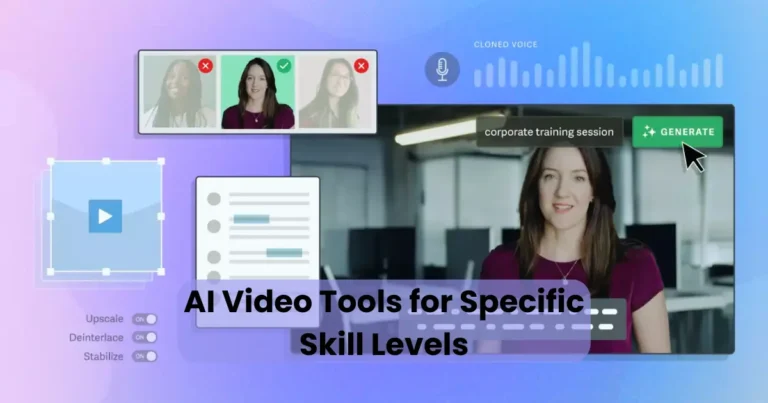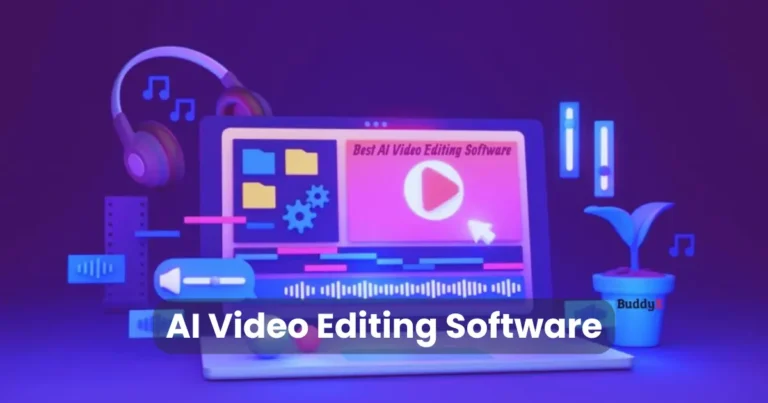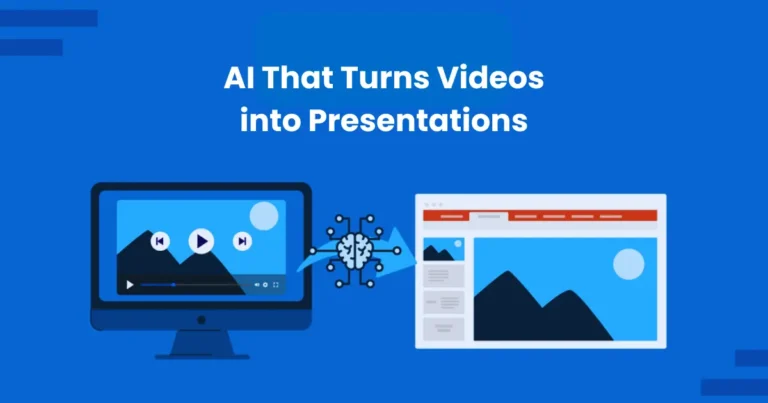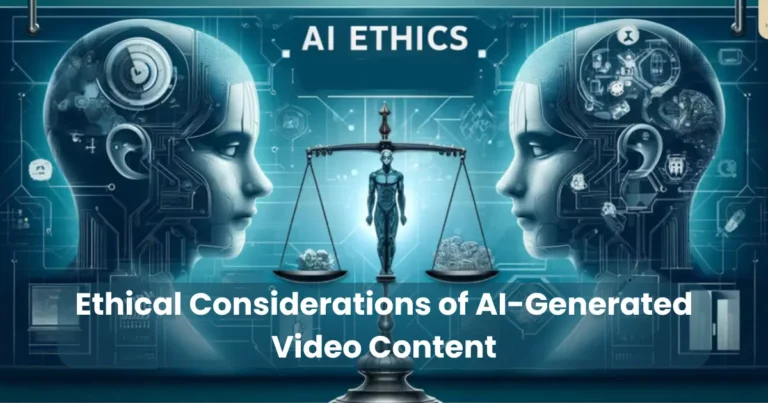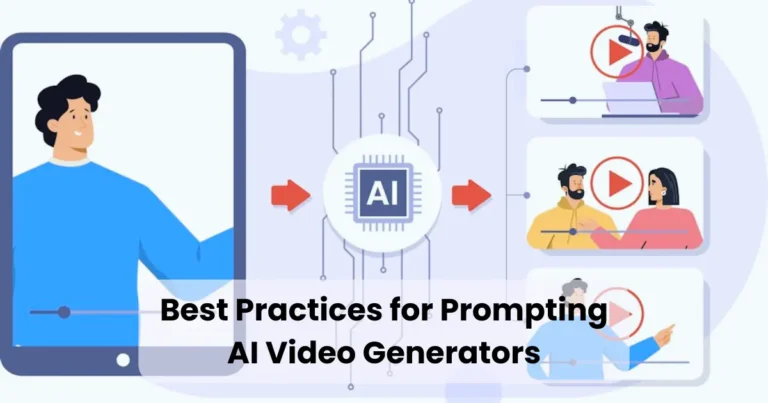How to Make Vertical Videos with AI: A Step-by-Step Guide

Contents
- 1 Why Vertical Videos Matter in 2025
- 2 Benefits of Using AI for Vertical Video Creation
- 3 Step-by-Step Guide to Making Vertical Videos with AI
- 4 Advanced AI Techniques for Vertical Videos
- 5 Common Mistakes to Avoid
- 6 Best Practices for AI-Driven Vertical Videos
- 7 Tools Comparison: Top AI Platforms for Vertical Videos
In today’s fast-paced digital world, learning how to make vertical videos with AI can transform your content creation process, saving you time and boosting engagement. Vertical videos dominate platforms like TikTok, Instagram Reels, and YouTube Shorts, where short, engaging content captures audiences instantly. With artificial intelligence (AI), creators can streamline video production, enhance visuals, and optimize content for maximum impact. This comprehensive guide explores how to leverage AI tools to craft professional vertical videos efficiently, even if you’re a beginner. Whether you’re a content creator, marketer, or business owner, mastering AI-driven video creation will elevate your social media presence in no time.
Why Vertical Videos Matter in 2025
Vertical videos, with their 9:16 aspect ratio, are tailored for mobile viewing, which accounts for over 60% of global internet traffic in 2025. Platforms like TikTok and Instagram prioritize vertical content, as it aligns with how users naturally hold their phones. Here’s why vertical videos are crucial:
- Higher Engagement: Studies show vertical videos have up to 90% higher completion rates than horizontal ones on mobile devices.
- Platform Preference: Social media algorithms favor vertical content, increasing visibility.
- User Experience: Vertical videos fill the screen, offering an immersive viewing experience.
AI enhances this process by automating editing, adding effects, and optimizing videos for specific platforms, saving creators hours of manual work.
Benefits of Using AI for Vertical Video Creation
Before diving into the steps, let’s explore why AI is a game-changer for video production:

- Speed and Efficiency: AI tools can edit, enhance, and render videos in minutes, maximizing your time.
- Accessibility: No advanced editing skills are needed—AI simplifies the process for beginners.
- Customization: AI offers templates, filters, and effects tailored for vertical formats.
- Cost-Effective: Many AI tools are affordable or free, reducing the need for expensive software or professional editors.
- Data-Driven Optimization: AI analyzes trends and suggests edits to boost engagement.
With these advantages, let’s dive into how to make vertical videos with AI step by step.
Step-by-Step Guide to Making Vertical Videos with AI

Step 1: Choose the Right AI Video Creation Tool
Selecting the best AI tool is critical for creating high-quality vertical videos efficiently. Here are some top AI platforms in 2025 for video production:
- Synthesia: Ideal for creating AI-generated talking head videos with customizable avatars.
- Runway: Offers advanced editing features like background removal and text-to-video generation.
- CapCut: A user-friendly option with AI-powered templates for TikTok and Reels.
- VEED.io: Great for quick edits, captions, and vertical video optimization.
- Descript: Perfect for podcasters or creators combining audio and video with AI transcription.
Pro Tip: Choose a tool based on your needs—Synthesia for professional presentations, CapCut for social media, or Runway for creative effects. Most platforms offer free trials, so test them to find the best fit.
Step 2: Plan Your Vertical Video Content
Effective videos start with a clear plan. AI can assist, but you need a vision. Follow these steps:
- Define Your Goal: Are you promoting a product, sharing a tutorial, or entertaining? Clarify your objective.
- Know Your Audience: Understand your target platform (e.g., TikTok’s Gen Z vs. LinkedIn’s professionals) to tailor content.
- Script the Video: Write a concise script (15–60 seconds for most platforms). AI tools like Jasper or Copy.ai can generate scripts quickly.
- Storyboard: Sketch a rough outline of scenes. Tools like Canva’s AI storyboard generator can help.
Transition: Once your plan is set, use AI to streamline content creation.
Step 3: Record or Generate Video Footage
You can either record your own footage or let AI generate it. Here’s how:
- Record Footage: Use a smartphone with a vertical (9:16) setting. Ensure good lighting and clear audio.
- AI-Generated Footage: Tools like Runway or Kaiber can create videos from text prompts (e.g., “A dancing cat in a neon city”). Simply input your idea, and the AI generates clips.
- Stock Footage: Platforms like Pexels integrate with AI tools like VEED.io to source royalty-free vertical clips.
Pro Tip: If recording, use a tripod for stability. For AI-generated content, experiment with prompts to match your vision.
Step 4: Edit with AI-Powered Tools
Editing is where AI shines, saving you hours. Here’s how to make vertical videos with AI editing tools:
- Upload Footage: Import your clips into your chosen AI tool.
- Auto-Crop for Vertical: Most tools like CapCut or Adobe Express automatically adjust footage to a 9:16 ratio.
- Add Effects: Use AI to apply filters, transitions, or animations. For example, Runway’s “Magic Tools” can enhance colors or add dynamic effects.
- Text and Captions: AI tools like Descript or VEED.io auto-generate captions, which are essential since 85% of social media videos are watched on mute.
- Background Music: Select royalty-free music from the tool’s library or let AI (e.g., Soundraw) compose a custom track.
Transition: After editing, refine your video for maximum engagement.
Step 5: Optimize for Social Media Platforms
Each platform has unique requirements. AI tools can optimize your video for specific audiences:
- TikTok: Keep videos under 60 seconds. Use trending hashtags suggested by AI tools like VidIQ.
- Instagram Reels: Aim for 15–30 seconds with eye-catching intros. CapCut’s AI templates are Reels-optimized.
- YouTube Shorts: Up to 60 seconds, with strong CTAs. Use VEED.io to add clickable end screens.
Pro Tip: AI analytics tools like TubeBuddy can analyze performance and suggest tweaks for better reach.
Once your video is ready, export it in high resolution (at least 1080p) for crisp visuals. Most AI tools offer direct sharing to social platforms, saving you time. Double-check the aspect ratio (9:16) and file size to ensure compatibility.
Transition: Now that you know the process, let’s explore advanced AI techniques.
Advanced AI Techniques for Vertical Videos

To stand out, incorporate these advanced AI features:
- Voiceovers: Use tools like ElevenLabs to create lifelike AI voiceovers in multiple languages.
- Background Removal: Runway’s AI can remove backgrounds, letting you place subjects in new settings.
- Text-to-Video: Tools like Synthesia or Runway generate entire videos from text prompts, ideal for quick content.
- AI Analytics: Platforms like Hootsuite Insights use AI to track video performance and suggest improvements.
These features maximize your time by automating complex tasks, letting you focus on creativity.
Common Mistakes to Avoid
Even with AI, errors can derail your video. Avoid these pitfalls:
- Ignoring Platform Specs: Each platform has unique length and style requirements. Always tailor your content.
- Overusing Effects: Too many AI-generated effects can overwhelm viewers. Keep it simple.
- Poor Audio Quality: AI can enhance audio, but start with clear recordings to avoid issues.
- Skipping Captions: Auto-generated captions are a must for accessibility and engagement.
Best Practices for AI-Driven Vertical Videos

To maximize your time and results, follow these tips:
- Keep It Short: Aim for 15–60 seconds to retain attention.
- Hook Early: Grab viewers in the first 3 seconds with a strong visual or question.
- Test and Iterate: Use AI analytics to track performance and refine future videos.
- Stay On-Brand: Ensure AI-generated effects align with your brand’s tone and style.
- Experiment: Try different AI tools and features to discover what resonates with your audience.
Tools Comparison: Top AI Platforms for Vertical Videos
| Tool | Best For | Free Plan? | Key AI Features |
|---|---|---|---|
| Synthesia | Talking head videos | Limited | AI avatars, text-to-video |
| Runway | Creative effects | Limited | Background removal, text-to-video |
| CapCut | Social media content | Yes | Auto-captions, templates |
| VEED.io | Quick edits | Yes | Captions, stock footage integration |
| Descript | Audio-video sync | Limited | AI transcription, voiceovers |
Transition: With the right tools and strategies, you’re ready to create stunning vertical videos.
Conclusion
Learning how to make vertical videos with AI empowers creators to produce engaging, professional content in less time. By choosing the right AI tools, planning your content, and optimizing for platforms like TikTok, Instagram, and YouTube Shorts, you can boost engagement and grow your audience. AI simplifies editing, adds creative effects, and provides data-driven insights, making it accessible for beginners and pros alike. Start experimenting with tools like Synthesia, Runway, or CapCut today to create vertical videos that captivate and convert. With practice, you’ll master the art of AI-driven video creation and stay ahead in the fast-evolving world of social media.

